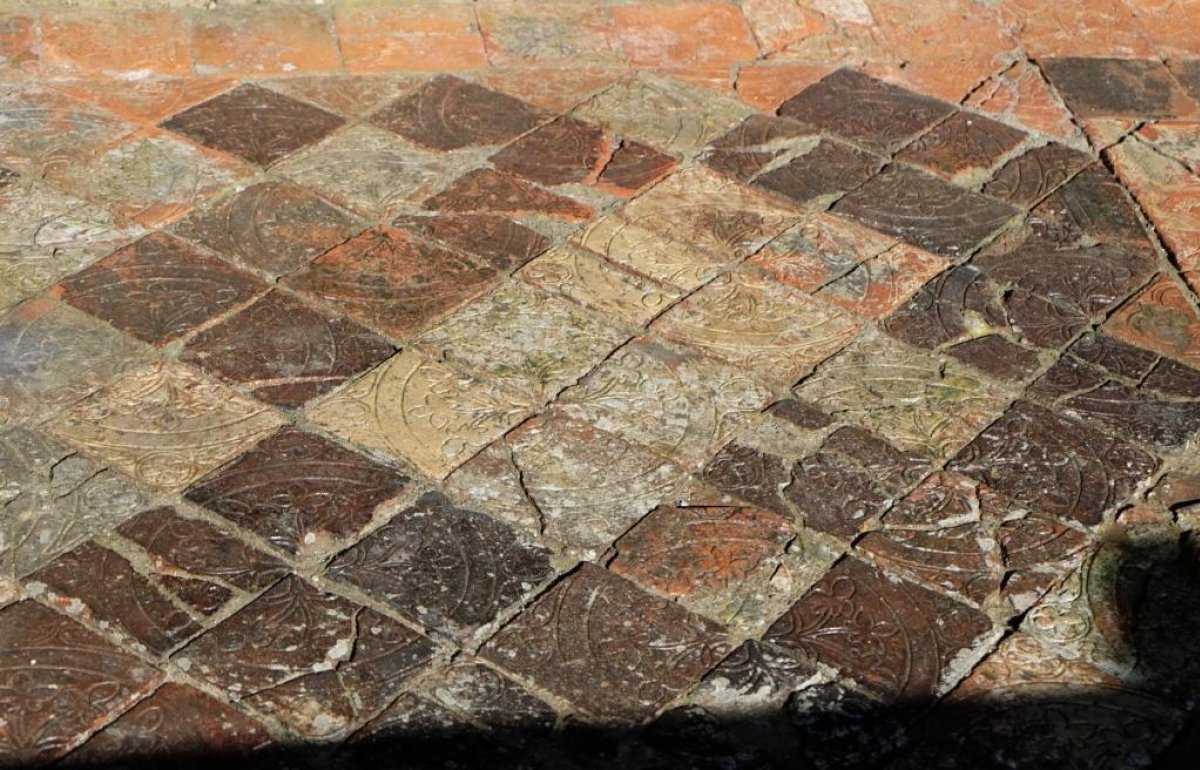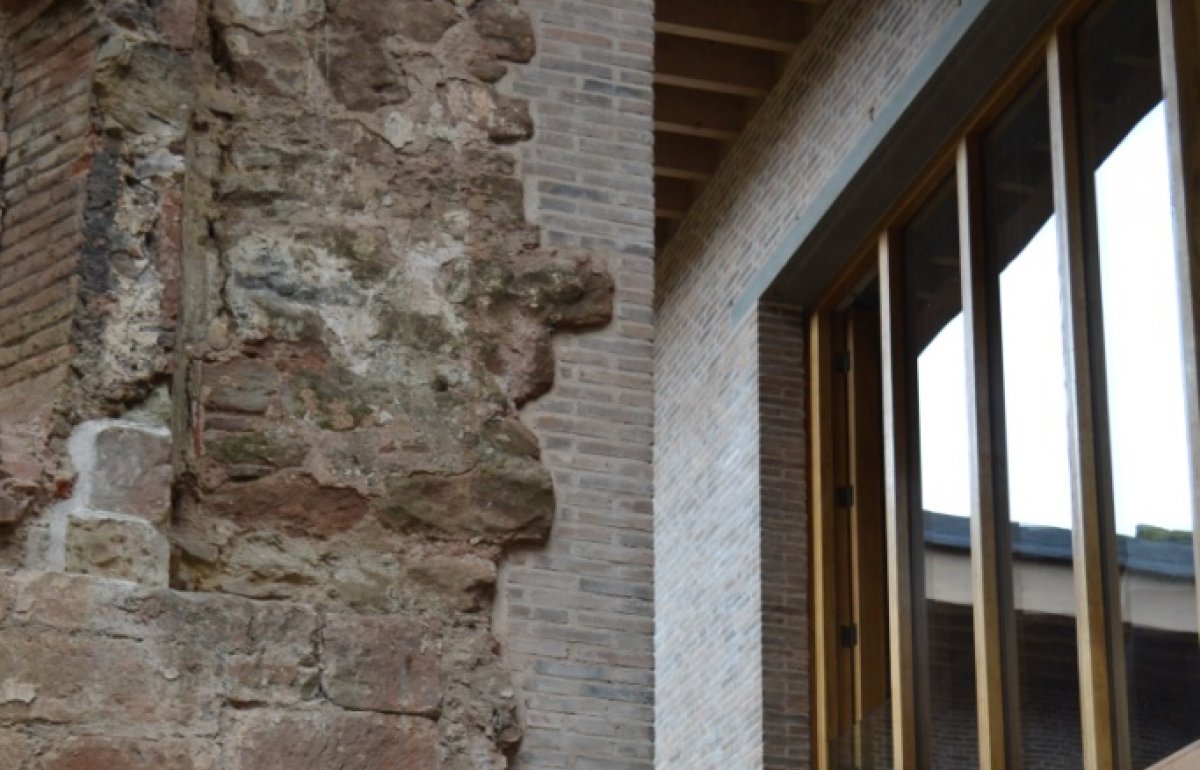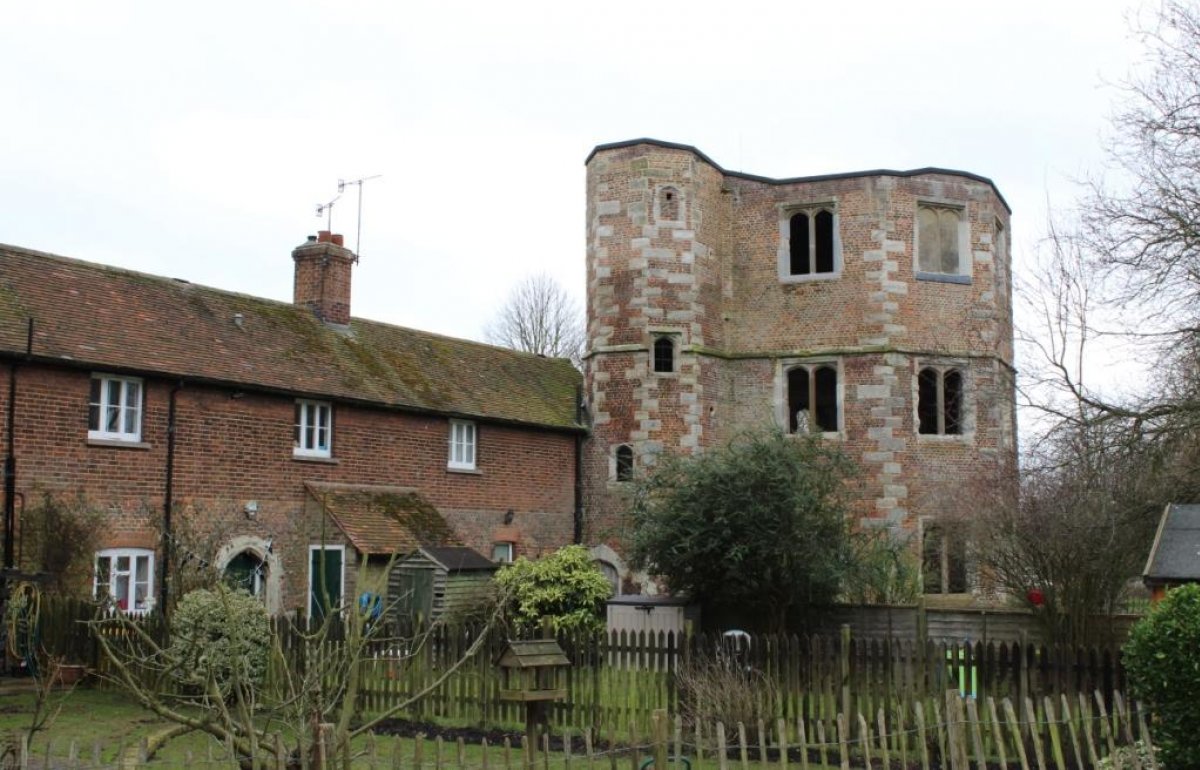Electrical installations
Advice on considering heritage when installing electricity into old buildings and why this work requires extra skill.
Why does electrical work in old buildings require extra skill?
Electrical installations in old buildings must not only be safe, legal and functional but also respect the historic character and fabric. Buildings of the past had very limited services so electrical systems have to be accommodated in structures never designed for them. Despite this, old buildings may contain interesting early electrical fittings worthy of retention themselves.
In addition to the building regulations, new work may also have to comply with other statutory requirements, including the need to obtain listed building consent.
What is the best way to approach electrical work in an old building?
Where viable, consign as much of a new electrical installation as possible out of view in voids and other non-sensitive areas to minimise its physical and visual impact on the building. Where this is not feasible, the damage or loss of historic fabric necessary to conceal cabling by cutting or drilling has to be weighed against the visual effect that the alternative of surface-mounting it would have on the building’s architectural integrity. Use good quality components and incorporate spare capacity to avoid frequent rewiring and associated damage. If historic electrical fittings survive, aim to retain them where safe.
Where might electrical components be concealed in an old building?
Non-sensitive areas in which electrical work might be concealed are ancillary rooms (cellars, stores etc) and voids (from roof spaces and floor cavities to redundant chimneys, gaps behind skirting boards, panelling or architraves and the insides of disused gas and heating pipes). Locate these with a careful survey. The lifting of floorboards and removal of panelling should be entrusted to a skilled carpenter, not an electrician. Try to reuse any previous holes, notches and cable routes, and consider providing screw-fixed covers for voids to assist future access.
How might an electrical system be installed in visually sensitive areas of an old building?
Where electrical work in visually sensitive areas is unavoidable, its impact may be minimised by:
- Miniaturisation, such as the use of small architrave switches instead of the normal plate type.
- Concealment or disguise, perhaps by running cables in shaded areas, painting fittings to match their background or placing sockets under hinged flaps in skirting boards.
- Modern technology, including ‘mains signalling’ to reduce the need for cabling.
- Place fixings for exposed cables runs into mortar joints rather than the actual bricks or stones
How might old electrical fittings be retained?
Electrical components of historic value can sometimes be safely retained in use, including porcelain-based, quick make-and-break switches, conduit, iron-clad main switchgear with high-breaking-capacity cartridge fuses and many types of light fitting. Light fittings designed for candles, oil or gas can frequently be converted to use electricity and supplement modern lighting, and old fuseboards may be capable of accommodating modern circuit breaker interiors. In certain cases, old sockets and cables beyond reuse but of historic interest might be retained disconnected and, where necessary, suitably labelled to prevent confusion.
Who should undertake electrical work in old buildings?
In the UK, much electrical work has to be carried out either by a certified electrician or be notified to, and inspected by, a building control body. The SPAB advises that electrical contractors are NICEIC-registered and, just as important, have experience of working on old buildings. Major electrical work should be overseen by a suitably qualified consulting mechanical and electrical (M&E) engineer.
Associated work (for example, repairs to lime plaster) should be carried out by skilled contractors.
Are regular electrical tests necessary?
All electrical installations should be regularly inspected, tested and maintained by a suitable electrical contractor to ensure their safe operation. The major concerns are loose or broken connections and worn or damaged insulation that will cause, at best, a system to trip, or, at worst, a fire.
With fragile old installations an annual inspection and test may be appropriate, whereas for new systems, five years or longer may suffice. The frequency should be determined by following the Institution of Engineering and Technology’s guidelines or insurance requirements.



